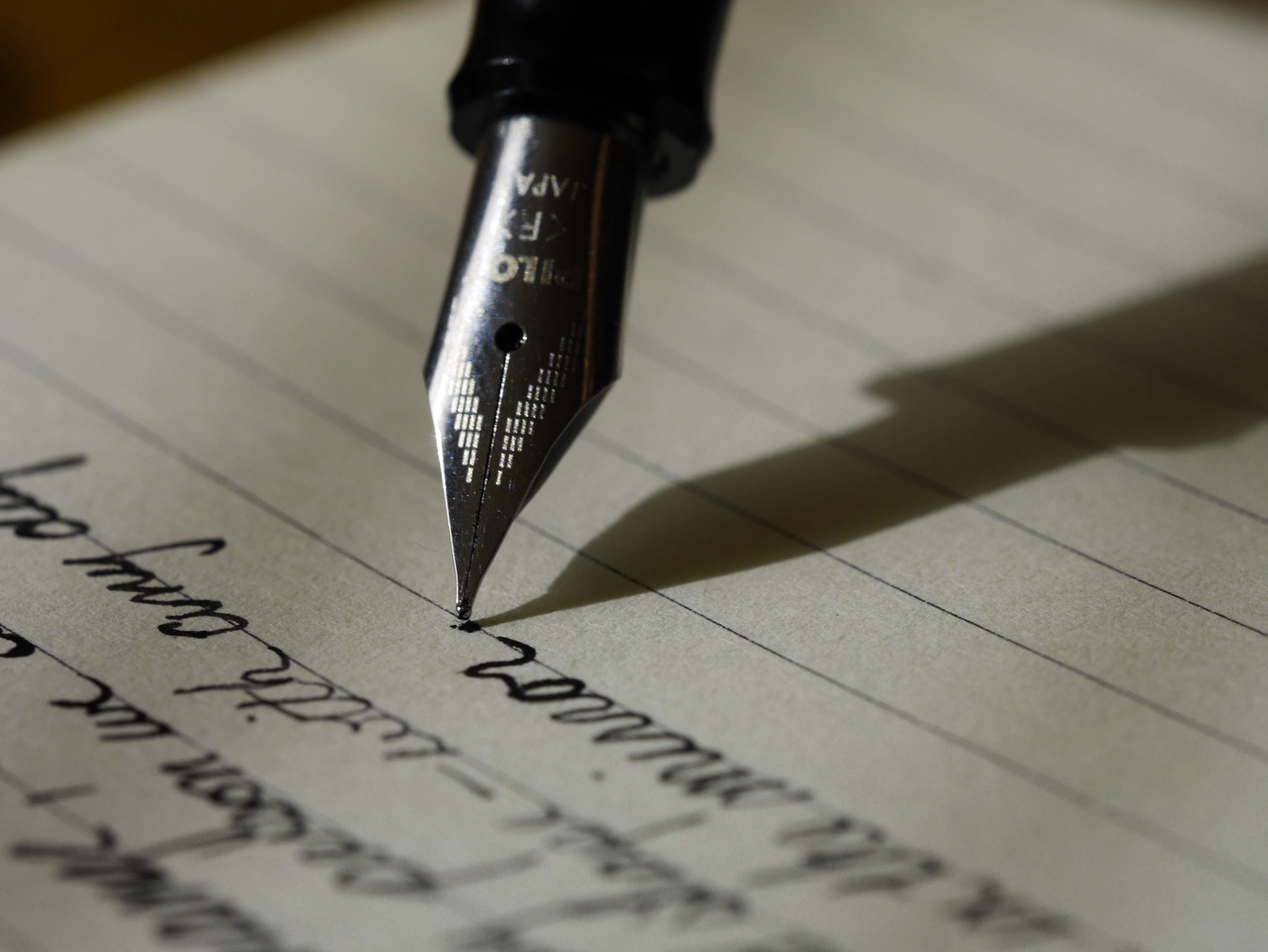Russian Handwriting in Cursive - A Complete How-To Guide
In this guide, we discuss the differences between Russian handwriting – often called printing – and Russian cursive. Although “handwriting” is the action used to write with an instrument and one’s hand, we will use the word “handwriting” to describe letters that do not join and are not tilted and “cursive” to denote flowy letters that are slanted and join together.
Russian cursive, sometimes called Russian script, is known for being very beautiful. Many of the letters look similar, so when the writing is all together, their size is cohesive and makes a symmetric-looking page. For this same reason, English speakers think it is impossible to read.
This guide will go over Russian cursive writing for native or fluent Russian speakers and English speakers learning Russian.
If you are looking for Cyrillic handwriting or Cyrillic alphabet cursive, you are in the right place. We go over Cyrillic in conjunction with the Russian language in this article.
So, you want to know how to write Russian cursive whether you speak Russian or English? Let’s find out. (Note: It is best to have a firm grasp on either the Russian or English language before jumping into this guide to learn Russian letters in cursive.)
Learning Russian? Watch this trailer for online russian classes that can yield big results in a short amount of time.
Top Language Courses
Meet Amphy
The largest marketplace for live
classes, connecting and enriching
humanity through knowledge.


